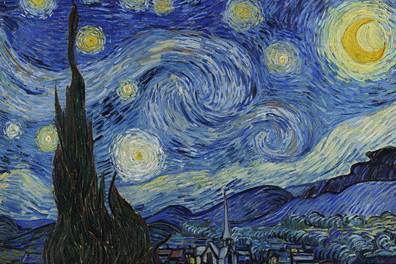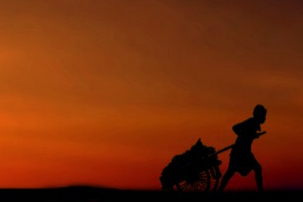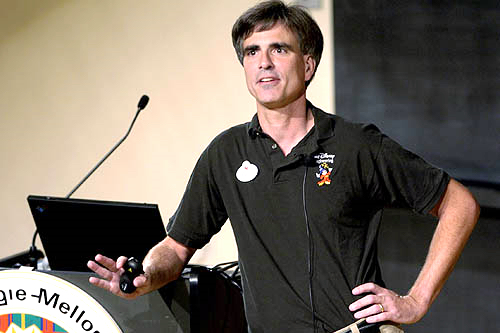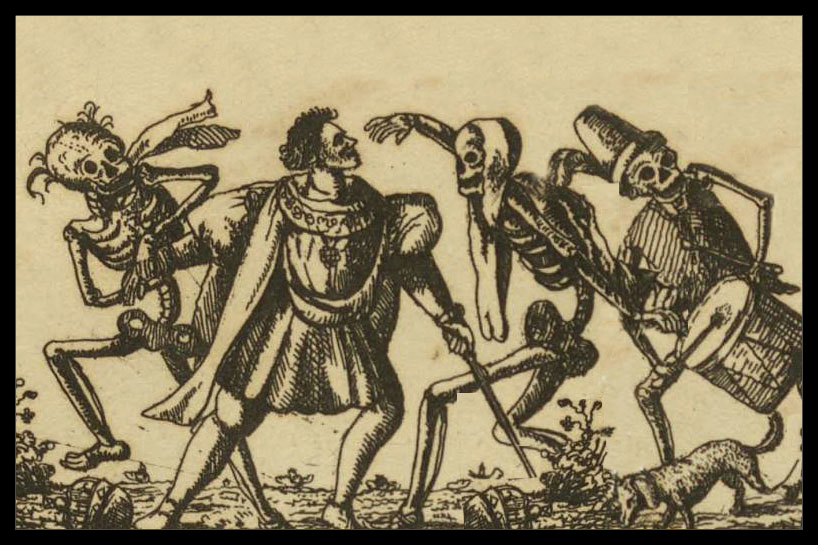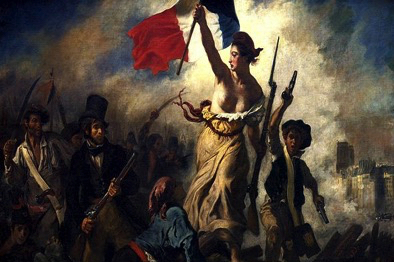The Scientist and the Philosopher
|
This is what the desert in New Mexico looked like 72-years ago yesterday. 
This is what Fat Boy, often referred to as Gadget, caused on July 16, 1945 at 5:30am. The following month, two of Fat Boy’s relatives, Little Boy and Fat Man exploded over Japan. The following month, the Japanese surrendered on the USS Missouri thus ending WWII. The man responsible for the testing of Fat Boy nearly three quarters of a century ago was J. Robert Oppenheimer, called Oppie by his friends and colleagues. He was able to coordinate a long list of scientists in creating the first atomic bomb. 
The test site of the explosion of Fat Boy was named Trinity by Oppenheimer in the previous year. What has always intrigue me about Oppenheimer was that he was intellectually a great scientist but also a philosophical thinker. As for his scientific prowess, on July 16th, Fat Boy was raised to the top of this tower and detonated. 
As Oppenheimer watched the explosion of the first atomic bomb, it created three times the inside temperature of the sun. As the mushroom cloud rose 41,000 feet over the Trinity site, he uttered a single sentence from the Bhagavad Gita, “If the radiance of a thousand suns were to burst at once into the sky, that would be like the splendor of the mighty one.” Then silently he thought of another verse from the Gita, “I am become Death, the destroyer of worlds.” What intrigued me about those two lines from the Gita is that they stand in contradiction of each other. The first is an expression of some divine light that he had seen filled with majesty, creativity, and beauty. It was as if Oppenheimer had witnessed the big bang that burst 14-billion years ago creating the universe. However, he also thought about the other line from the Gita, “I am become Death, the destroyer of worlds.” That paradox from the Gita illustrated the dilemma that Oppenheimer understood. He had coordinated a paradoxical instrument. On the one hand, he had been responsible for something god-like but also something that could destroy all life on this planet. Oppenheimer clearly saw, in that blast of light on July 16, 1945, the dilemma in which the world now stood. As much as the world would have wished a kinder and gentler time in which to live, that wasn’t the world in which we now live. We are faced with the glorious possibilities or ignominious possibilities of destruction. Oppenheimer understood more than anyone else at the time that we faced being on the horns of a dilemma: life or death. We need to choose wisely. This is video of the test
Visit the On Seeing the Light page to read more about this topic.
Visit the Darkest Before Dawn page to read more about this topic.
Visit the The Last Lecture page to read more about this topic.
Visit the Dancing with Death page to read more about this topic.
Visit the Man in the Arena page to read more about this topic.
Visit the Best and Worst of Times page to read more about this topic.
Visit the Connecting the Dots page to read more about this topic. 07/17/17 Follow @mountain_and_me |







